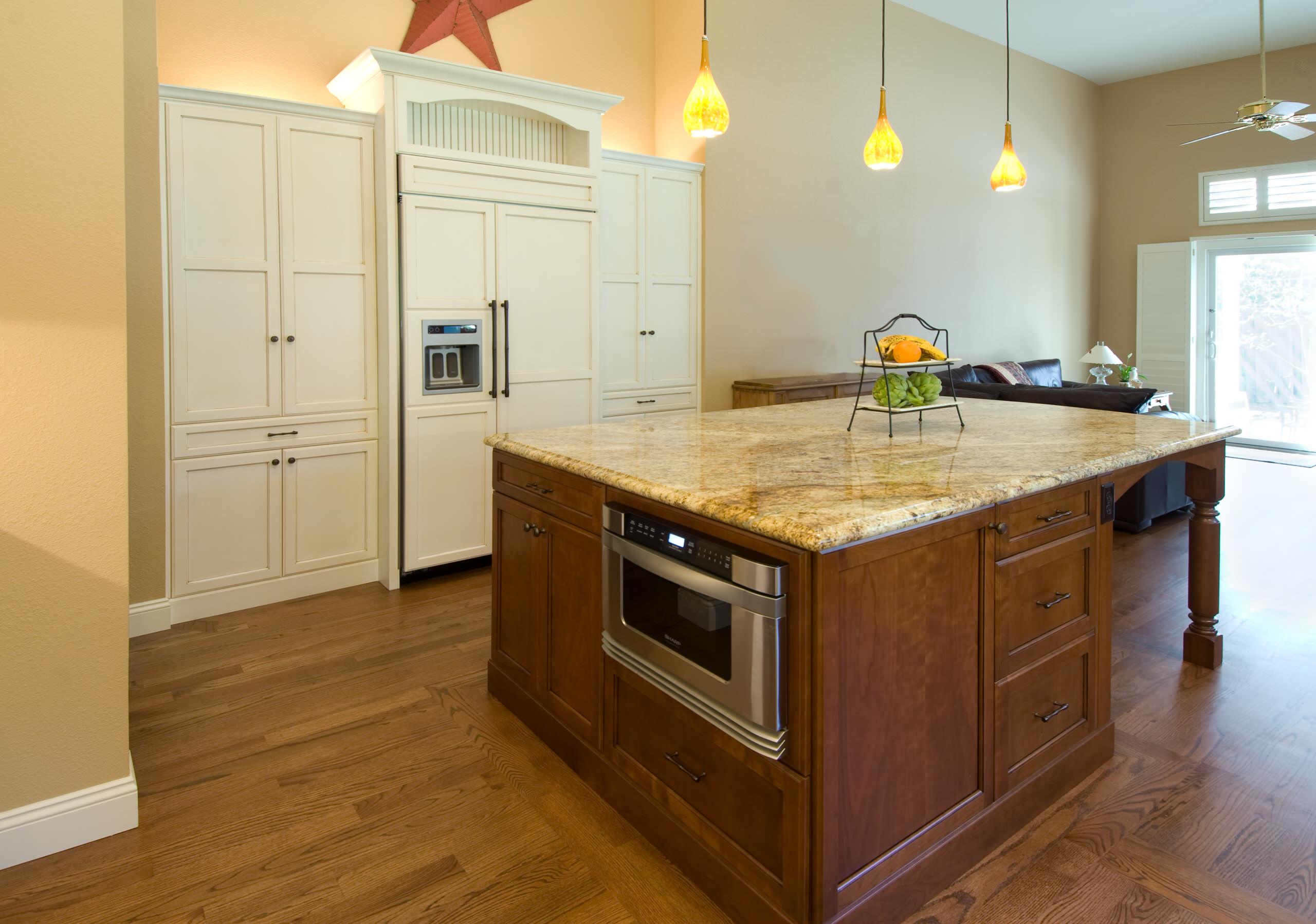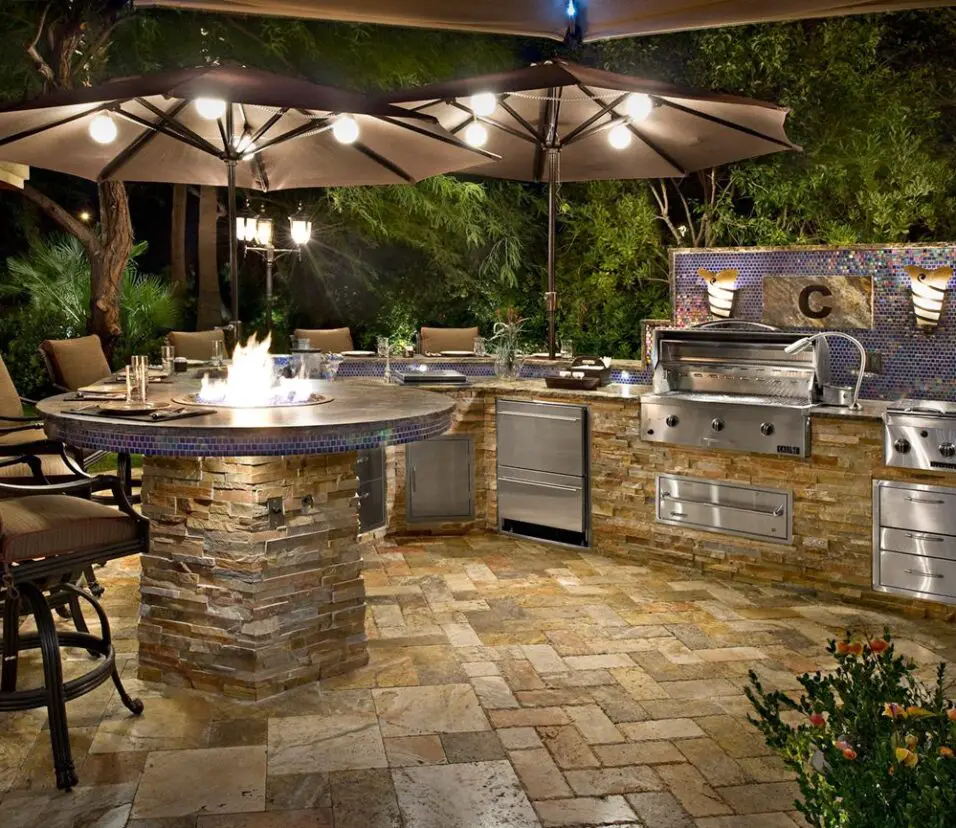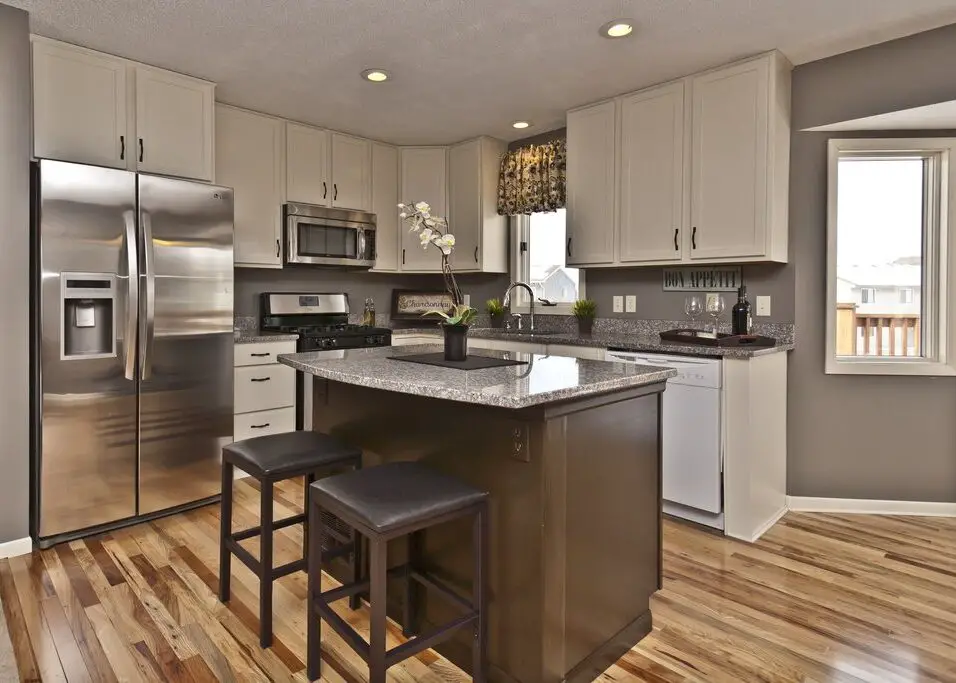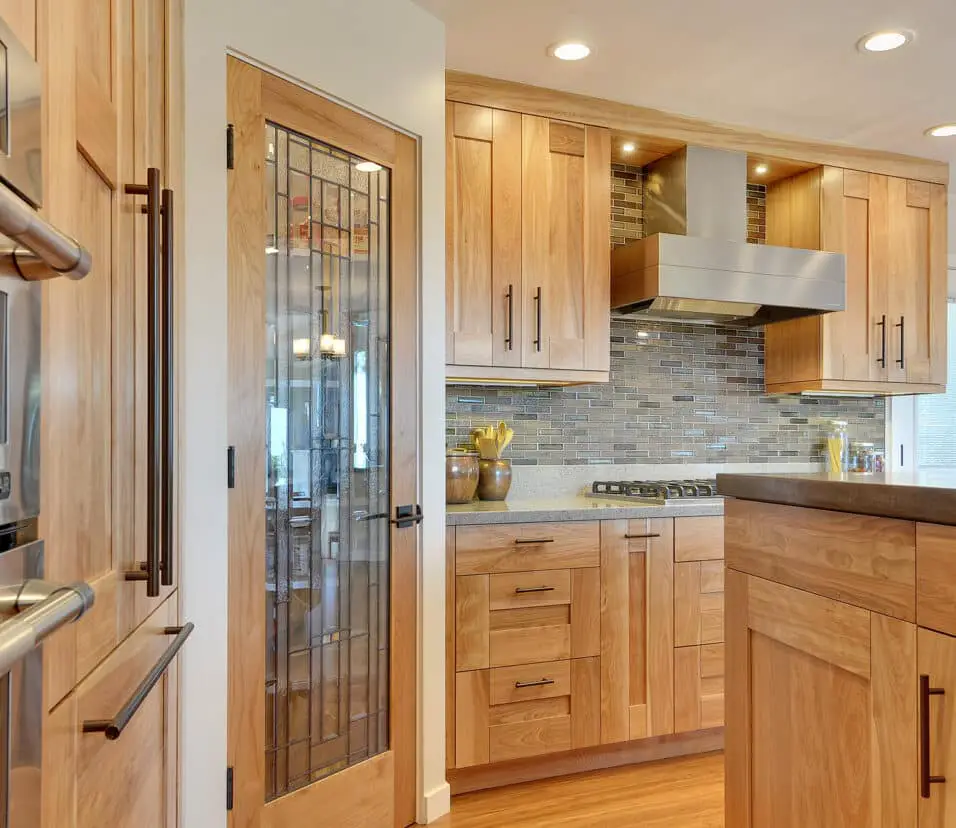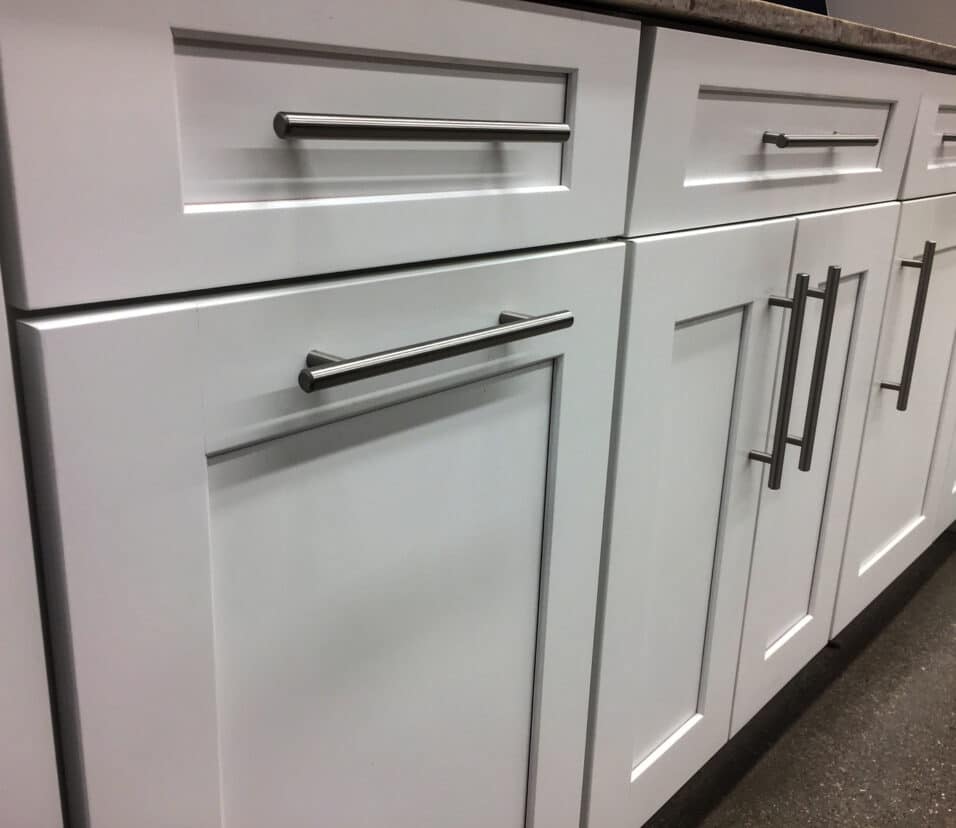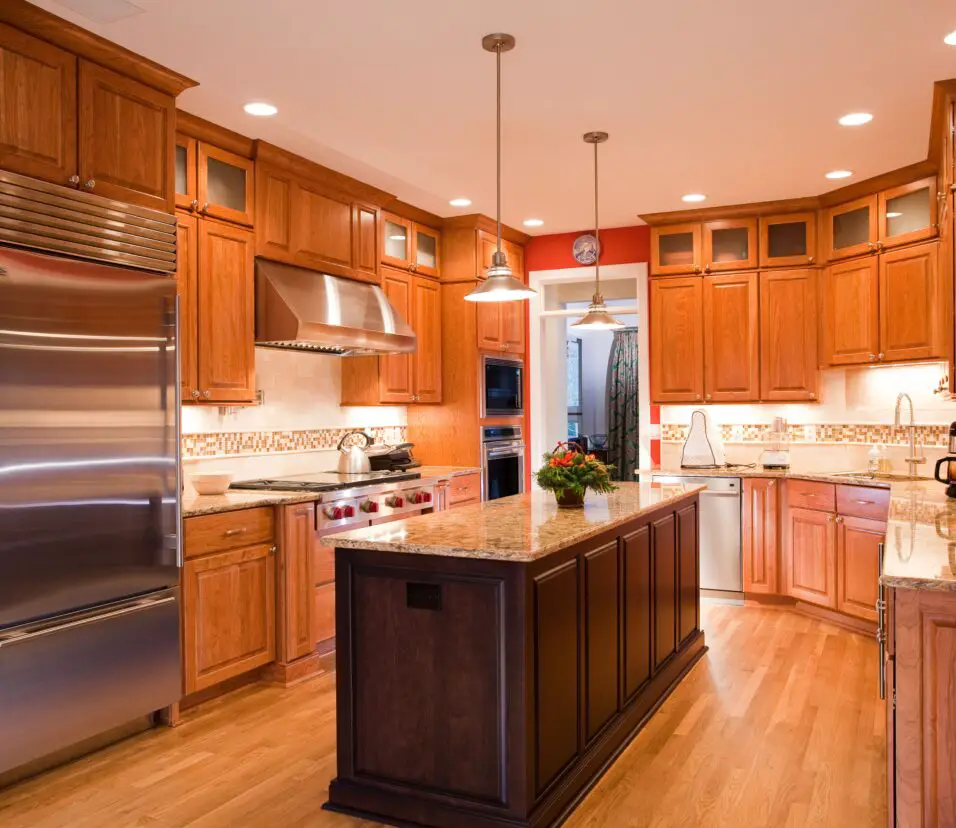What Size Pulls For Kitchen Cabinets
Introduction
What Size Pulls For Kitchen Cabinets: kitchen design, every detail matters, and the selection of cabinet hardware plays a crucial role in both aesthetics and functionality. Among the various hardware options, cabinet pulls stand out as essential elements that can significantly impact the overall look and feel of a kitchen space. These small, seemingly insignificant accessories can make a big difference in terms of convenience, accessibility, and visual appeal.
The size of cabinet pulls is a critical consideration that often goes overlooked but holds tremendous importance. When we refer to “pulls,” we are referring to the handles or knobs attached to cabinet doors and drawers, allowing users to access and operate them smoothly. Striking the right balance between form and function is key when deciding on the size of pulls for kitchen cabinets.
This comprehensive guide delves into the factors that influence the selection of kitchen cabinet pull sizes, highlighting the various benefits and drawbacks associated with different choices. From the ergonomic aspect of grip and ease of use to the aesthetic impact on the overall kitchen design, we will explore how size matters in the world of cabinet pulls. The 3-inch pull provides ample space for a comfortable grip, making it easy to access and operate cabinets and drawers. Its functional design ensures effortless use for users of all ages.

How big should pulls be on cabinets?
Cabinet pulls give a sleek visually appealing look to cabinet doors and drawers. What usually looks best is a pull length that is about 1/3 the height of the cabinet door and 1/3 the width of the cabinet drawer. Your eyes follow the length of the pull up the height of the door or across the width of the drawer.
The primary function of cabinet pulls is to offer a comfortable and efficient grip for users to access storage spaces easily. Pulls that are too small can be challenging to grasp, especially for individuals with larger hands or limited dexterity. On the other hand, oversized pulls may not only look disproportionate but can also cause inconvenience in tight kitchen spaces. Striking the right balance is key to ensure that cabinet pulls are ergonomically designed, facilitating effortless operation of cabinet doors and drawers.
Kitchen cabinets play a vital role in determining the appropriate pull size.
For larger cabinets, longer pulls or handles spanning the width of the door may be more suitable. In contrast, smaller cabinets and drawers may benefit from smaller, discrete knobs or pulls. Ensuring that the pulls are proportionate to the cabinet size will contribute to a harmonious and visually pleasing kitchen design.
Cabinet pulls are a prime opportunity to express the overall style and theme of the kitchen. From sleek and modern to rustic or traditional, there is a wide range of pull designs available in the market. The size of the pulls can reinforce the chosen design theme. For instance, longer and more angular pulls may complement contemporary kitchen designs, while ornate and intricately detailed pulls can accentuate a classic or vintage look.
Consistency is essential when deciding on the size of pulls for kitchen cabinets. Aim for uniformity in pull sizes throughout the kitchen to maintain a sense of balance and symmetry. This cohesive approach will create a polished and refined appearance, enhancing the overall visual appeal of the space.
What size cabinet pulls for kitchen cabinets?
Determine Size
While there is no set rule, we generally recommend that the pull length is approximately 1/3 of the cabinet or drawer width. Small Drawers that are 12” or less typically work best with a pull that is 3” to 4” long or a knob that is 1” in diameter.
The size of your kitchen cabinets should be the first factor to consider when choosing cabinet pulls. Larger cabinets and drawers typically require larger pulls, while smaller ones may benefit from smaller, more delicate options. For expansive cabinets or pantry doors, longer pulls or handles spanning the width can offer a balanced and cohesive appearance.
Functionality is key when it comes to cabinet pulls, and ergonomics play a vital role in ensuring user comfort. Opt for pulls that are easy to grip and operate, considering the size and shape of the hands that will be using them regularly. Pulls that are too small can be challenging to use, while excessively large ones may feel uncomfortable or awkward to grasp.
Cabinet pulls contribute significantly to the overall visual appeal of your kitchen. The size of the pulls can influence the design style you are trying to achieve. For instance, sleek and minimalist kitchens often feature smaller, streamlined pulls that seamlessly blend into the cabinetry. In contrast, larger, more decorative pulls can create a bold statement in traditional or transitional kitchen designs.
Maintaining proportion and balance is essential in kitchen design. To achieve a harmonious look, select cabinet pulls that are proportionate to the size of the cabinets and the overall layout of the kitchen. Avoid pulls that overwhelm or underwhelm the cabinetry, as this can disrupt the visual harmony of the space.
What is the standard drawer pull size?
It depends on the size of the drawer. Standard base and wall cabinets are usually between 12 and 36 inches. If this is the case, it’s typical to use 3- or 4-inch pull handles. If your cabinets are larger than standard, you’ll need larger pulls.
The standard drawer pull size typically falls within the range of 3 inches to 6 inches in length. These are measured from one end to another and represent the distance between the mounting holes where the pull is attached to the drawer front. The most commonly used sizes are 3 inches (76mm), 3.5 inches (89mm), 4 inches (102mm), and 5 inches (128mm). However, variations outside this range are also available to cater to specific design preferences and functional requirements.
The standard size for drawer pulls
Consider the overall style and design theme of your furniture piece or space. For instance, smaller drawer pulls are often preferred in contemporary or modern settings, offering a sleek and minimalist look. In contrast, larger and more ornate pulls can enhance the elegance and sophistication of traditional or antique-inspired designs.
Proportionality is a crucial factor to keep in mind when selecting drawer pulls. The size of the pulls should be in harmony with the dimensions of the drawers and the overall furniture piece. Oversized pulls on small drawers may overpower the design, while undersized pulls on larger drawers can appear visually disproportionate.
The practicality of drawer pulls is equally important. Opt for a size that allows for a comfortable grip and ease of use. Drawer pulls that are too small may be challenging to grasp, especially for individuals with larger hands, while overly large pulls may feel unwieldy or awkward to operate.
Consider the existing hardware in your space or furniture piece when selecting the standard drawer pull size. Matching the size and finish of other hardware elements, such as cabinet knobs, door handles, or hinges, creates a cohesive and coordinated look.
What is the most popular cabinet pull size?
For standard size cabinetry (dimensions of 12″ – 36″) the most common pull sizes are 3”, 4”, 96mm, and 128mm center to center (from one screw hole to another).
Versatility: The 3-inch cabinet pull size strikes a balance between functionality and aesthetics, making it a versatile choice for various cabinet and drawer sizes. It is commonly used in both small and large kitchens, bathrooms, and other cabinetry applications.
Standardization: The 3-inch center-to-center measurement has become a standard size in the industry due to its widespread popularity. As a result, it is readily available in a wide range of designs, finishes, and materials, making it easy to find the perfect pull to complement any kitchen or furniture style.
Seamless Replacement: For homeowners looking to update their cabinet hardware without significant alterations, the 3-inch pull is an ideal choice. Its popularity ensures that it can easily replace existing pulls without the need for new drilling or modification.
Modern and Timeless Appeal: The 3-inch cabinet pull size aligns well with modern design trends that emphasize sleek and minimalist aesthetics. It also blends seamlessly with classic and traditional styles, giving it a timeless quality that transcends changing design fads.
Ergonomics: The 3-inch pull provides ample room for a comfortable grip, making it easy to access and operate cabinets and drawers. It caters to various hand sizes, ensuring that users of all ages can use the cabinets with ease.

Do kitchen cabinets need pulls?
Determine If You Want a Knob or Pull
One preference is to use knobs for all doors and pulls for all drawers. For any large door such as a pantry and any pull-out door (including pull-out base pantries or trash pull-outs), use a pull. It is much more comfortable to open a drawer using a pull.
Cabinet pulls make it convenient and easy to access cabinet doors and drawers. They provide a comfortable grip, allowing for smooth and effortless operation. Pulls can be especially beneficial for lower cabinets and deep drawers that may be challenging to reach without hardware.
Cabinet pulls come in various styles, designs, and finishes, adding a decorative touch to kitchen cabinets. They can complement the overall design theme and serve as eye-catching accents that elevate the kitchen’s aesthetics.
Cabinet pulls can create a cohesive look by tying together the design elements in the kitchen. Matching or coordinating pulls with other hardware, such as door handles and faucets, creates a harmonious and polished appearance.
With a wide range of cabinet pull options available, homeowners can personalize their kitchen space according to their unique preferences and style. From modern and minimalist to classic and ornate, there’s a pull to suit every design vision.
In smaller kitchens or tight spaces, cabinet pulls may protrude and interfere with the kitchen’s functionality and traffic flow. Handleless cabinets can offer a seamless and space-saving solution.
Cabinet pulls can be a temptation for curious young children, potentially leading to accidents or damage. Handleless cabinets eliminate this concern and provide a safer environment for young ones.
What is the most common kitchen pull size?
We find that cabinet pulls with an overall length of 4-5 inches are a good choice for standard-sized cabinets doors. Depending on the pull style, the pulls in this size range tend to have hole spacing from 3 inches to 5 inches.
The 3-inch center-to-center measurement is a versatile choice that works well with various cabinet and drawer sizes. Whether you have small upper cabinets or large base cabinets, the 3-inch pull fits seamlessly, offering a balanced and cohesive look throughout the kitchen.
The 3-inch kitchen pull has become a standard size in the industry due to its widespread popularity. As a result, it is readily available in an extensive array of designs, finishes, and materials, allowing homeowners to choose from a diverse range of options to suit their specific design preferences.
The 3-inch pull provides ample space for a comfortable grip, making it easy to access and operate cabinets and drawers. Its functional design ensures effortless use for users of all ages.
In recent years, modern and contemporary kitchen designs have gained popularity, favoring sleek, minimalist aesthetics. The 3-inch pull aligns well with these design themes, offering clean lines and subtle visual accents that enhance the overall contemporary look.
Are knobs or pulls better for kitchen cabinets?
If you’re looking for an affordable option that is easy to install and use, cabinet knobs might be the way to go. However, if you want hardware that is easier to clean and less likely to get in the way, cabinet pulls might be a better choice. Ultimately, the decision is up to you and what will work best for your space.
Pulls with a center-to-center measurement can often replace existing knobs without the need for new drilling or modifications.
Consider the overall design theme and style of your kitchen. Knobs may complement traditional or vintage aesthetics, while pulls can enhance modern or transitional designs.
The size of your cabinets may influence your choice. Smaller cabinets may benefit from knobs, while larger ones may look more balanced with pulls.
Your personal preference and comfort should also be taken into account. Test out both knobs and pulls to see which feels more comfortable and intuitive to use.
What is the most common type of drawer pull?
Bar Pulls –
Bar pulls generally are characterized by having a long bar, attached by one or two points to the cabinet, that is used as handle to opening a cabinet door or drawer. These tend to be the most common type of pull we see.
Bar pulls offer a sleek and contemporary appearance, making them well-suited for modern kitchen designs and other contemporary interior settings. Their minimalist and straight-line design complements clean and simple design themes.
The elongated shape of bar pulls provides a comfortable and secure grip, ensuring effortless access to drawers and cabinets. They are practical and functional, catering to users of all ages and hand sizes.
Bar pulls are available in various lengths, ranging from a few inches to over a foot, making them adaptable to different cabinet sizes and styles. Longer bar pulls are often used on larger drawers and pantry doors, while shorter ones are ideal for smaller cabinets.
Bar pulls come in a wide range of finishes, including brushed nickel, chrome, matte black, oil-rubbed bronze, and more. Additionally, they are crafted from various materials like stainless steel, aluminum, brass, and zinc, offering ample choices to suit different design preferences.
The popularity of bar pulls ensures their easy availability, making them convenient options for homeowners seeking to update their drawer pulls without extensive modifications. Bar pulls with a similar center-to-center measurement can often replace existing pulls without the need for new drilling.

Conclusion
From an ergonomic perspective, selecting the appropriate pull size ensures ease of use and comfort for users of all ages and abilities. Cabinet pulls that are too small may be difficult to grip, while oversized pulls might create an unbalanced appearance and hinder smooth operation. Striking the right balance is essential to ensure that cabinet doors and drawers are effortlessly accessible and contribute to the seamless flow of kitchen activities.
Furthermore, the aesthetic aspect of cabinet handles pulls should not be underestimated. Pulls of the right size can enhance the overall design theme, complementing other elements in the kitchen, such as cabinetry style, countertop materials, and backsplash patterns. On the other hand, ill-fitting pulls may disrupt the visual harmony and distract from the kitchen’s overall charm.
When choosing the size of cabinet pulls, it is crucial to consider the individual kitchen layout, the specific needs of the household, and personal preferences. Different styles and designs of pulls can evoke various moods and atmospheres, from sleek and contemporary to classic and ornate. The selection of the right pull size for kitchen cabinets is a thoughtful decision that requires attention to detail. Homeowners, interior designers, and contractors alike must consider the interplay between form and function, as well as the cohesion with the kitchen’s overall aesthetic.



